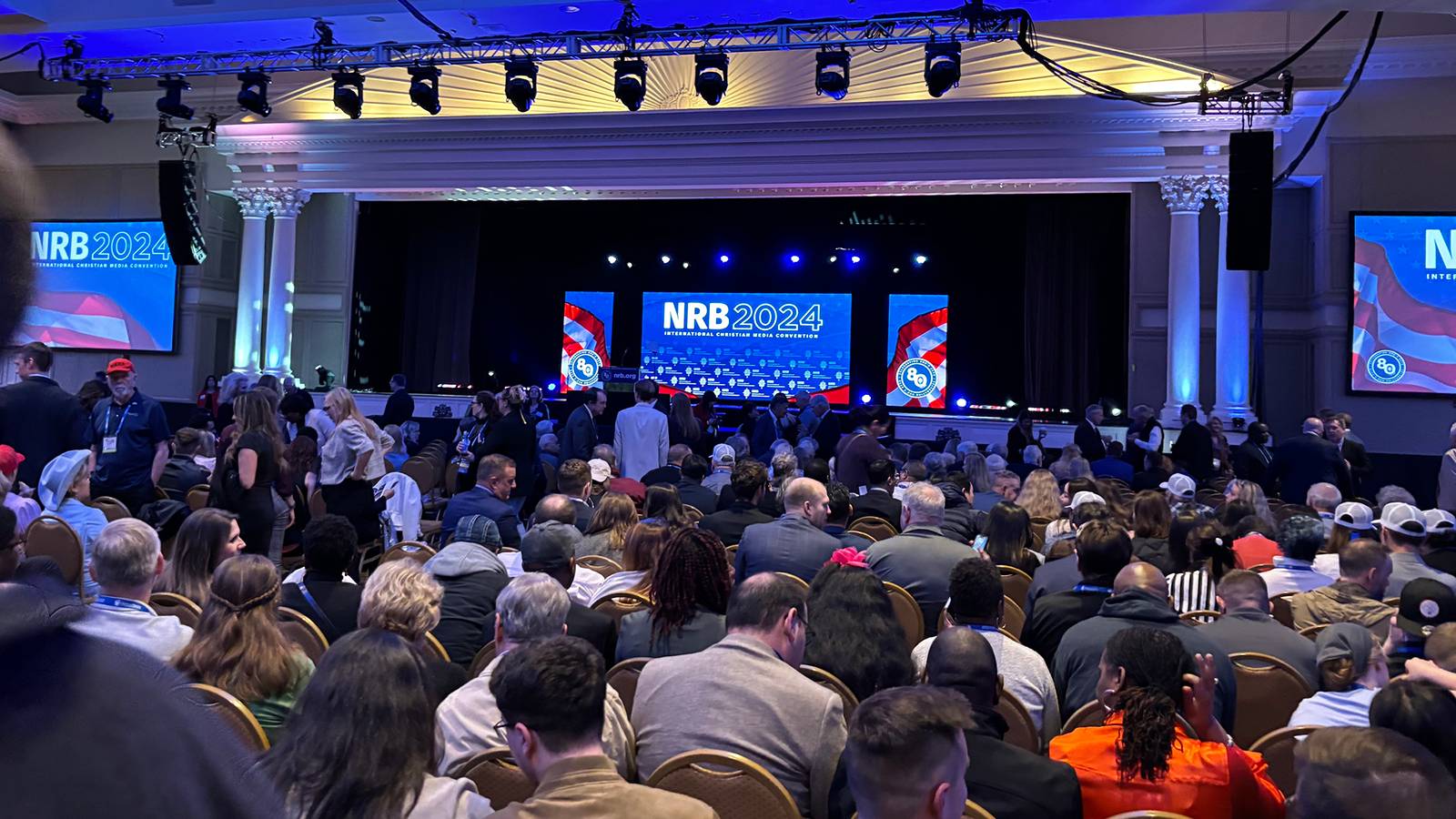Not long ago, I visited my 99-year-old father and 97-year-old mother. My dad had just passed his driver’s test again, and a year before that, he published yet another book. He told me he wants to take up painting again. Then, with a mischievous look in his eye, my dad turned to me, a 60-something baby boomer, and said, “Son, what are you going to do with yourself? You’ve got your whole life ahead of you!”
A hundred years ago, this kind of comment would have seemed nonsensical. But the fact is, a massive demographic shift is taking place in our country, and Americans today are living longer than ever.
Life expectancy in the US increased from 47.3 to 78.7 years between 1900 and 2010. Sixty-five and older happens to be the fastest-growing age group in the US population today. In fact, the US Census Bureau predicts that by 2034 the US will have more people over 65 than under 18. Think about that: For the first time in US history, older people will outnumber younger people.
This is partly due to the size of the baby boomer generation and the declining US birth rate, but it’s also because advances in health care, public health, and nutrition have increased lifespans beyond historic norms.
US hospitals and universities are now referring to the 65-plus life stage as the period of “late adulthood,” which they divide into three stages: the young-old (65–84), the oldest-old (85–99), and the centenarians (100+). The young-old stage is considered the “golden years” of adulthood with fewer responsibilities, relatively good health, and meaningful social engagement.
Though Gen Zers may soon pass them in number, boomers continue to make up a growing number of the US workforce. In 2020, the Bureau of Labor Statistics reported that 10.8 million people, or 19 percent, of those 65 and older were still employed. In popular culture we are hearing some suggest that 60 is the new 40 and 80 is the new 60. People are talking about the 60-year career instead of the traditional 40-year career.
This is due, in part, to employers’ desires to retain experienced workers and many boomers’ desire to keep working. For others, it may be a matter of financial necessity—they may want to retire to spend more time with family, travel, or serve in ministry, but they can’t afford to. Whatever the reason, older people today are working longer than in previous generations, which could have far-reaching consequences on the workforce and economy.
This also impacts the political realm, where most politicians today are older than their predecessors have been. In this election season, we almost had a rematch between a 78-year-old Republican nominee and an 81-year-old Democratic nominee, who responded to public pressure and stepped down.
Of course, this trend is not always appreciated by the younger generation, who sometimes criticize boomers for not passing the baton or relinquishing their positions of control. But the fact is, most of my peers are struggling to determine the right age to retire. Many still see retirement as something that happens in our 60s, while some anticipate another 20-plus years of full-time employment ahead.
But regardless of when we decide to stop full-time work, we dare not neglect the new opportunities for ministry in our families, communities, and churches in the latter years of our lives. If we are wise, we must consider how we can serve the Lord and his kingdom in the extra years he has graciously given us.
For one, our schools, churches, and ministries will need to adjust to this new reality. Christian colleges and seminaries would do well to rethink their educational tracks and start favoring the nontraditional adult learner. Perhaps our concept of education should be reconceived as not simply a one-time initial infusion but a lifelong endeavor.
In recent decades, many churches have focused their outreach efforts on reaching the young at the expense of losing older congregants. But perhaps pastors should instead be helping older members by finding meaningful outlets for them to serve and utilize their gifts and experience.
Recent research shows that 1 in 4 pastors plan to retire before 2030. Yet perhaps churches should think differently about ministerial retirement—providing pathways for older clergy to re-deploy and remain fruitful in a new capacity that is more appropriate for their stage of life.
For some boomers, the 40-year ministry is expanding to a 60-year ministry. Think, for instance, of some of the most prominent evangelical leaders of recent history.
Carl F. H. Henry (1913–2003), the well-known theologian chosen to be the founding editor of Christianity Today, retired from teaching at age 85 but continued to write, lecture, and serve on boards until his death at age 90.
Vernon Grounds (1914–2010), Baptist pastor and theologian from Denver Seminary, also served as a contributing editor of Christianity Today. He had an amazing 70 years in ministry as an academic dean, president, and chancellor of the seminary before dying at 96.
John Stott (1921–2011), the well-known Anglican preacher and Bible scholar and cofounder of the Lausanne movement, began his ministry in 1945 in the church of his childhood, All Souls Langham Place, in downtown London. He served at that same church for more than 60 years as curate, rector, and rector emeritus, ending his public ministry at age 86 before passing away at 90 years old.
Billy Graham (1918–2018), one of the most important Christian leaders of the 20th century—whose vision led to the founding of Christianity Today—began his ministry with Youth for Christ in 1944. He kept serving well into his 90s, preaching his last sermon at age 96 and holding his last official crusade in 2005 when he was 97. He died at the ripe old age of 99.
J. I. Packer (1926–2020), the evangelical Anglican theologian and author who was an executive editor at Christianity Today, had a ministry that lasted 62 years before his death at 93.
And most recently, Charles Stanley (1932–2023) was the senior pastor of First Baptist Church in Atlanta for nearly 50 years and continued to preach in the pulpit until he passed away at the age of 90.
My own father, George Sweeting (b. 1924)—who for years was associated with The Moody Church and the Moody Bible Institute as pastor, president, and chancellor—continued to serve part-time at his local church, leading the senior adult ministries into his 80s and early 90s.
All these great evangelical leaders have something in common: They loved God and kept serving, exemplifying the new longevity of a 60-year career. By contrast, Thomas Aquinas died at the age of 49. John Calvin and Jonathan Edwards passed away at 54. George Whitefield only lived to age 55 and Charles Spurgeon to age 57. Martin Luther and Dwight Moody were gone by age 62.
While we rest in the sovereignty of the God who numbers our days, we are also called to be responsible as good stewards of the bodies and minds he has given us by cultivating good habits.
A recent Boston University study reports that 70 percent of longevity is driven by our “health behaviors.” These include things like staying physically active, avoiding destructive habits like smoking and excessive drinking, maintaining a healthy weight and diet, staying intellectually active, sleeping consistently, and having a strong social network.
When Vernon Grounds was asked about the secret of his longevity and long-term vocational ministry, he often talked about what he called “the three Gs”: God, genes, and the gym. He began with God because the Bible makes it clear that our lives—and every year we have on this earth—are entirely gifts from God. He didn’t buy the common American retirement narrative of work till 60 and then spend the rest of your life near a golf course.
Grounds did not believe in retiring from active service. He said he already had a great retirement plan called heaven. He cherished scriptures like Psalm 92, which speaks about the righteous who “flourish like the palm tree and grow like a cedar in Lebanon. … They still bear fruit in old age; they are ever full of sap and green” (vv. 12, 14, ESV).
While the Bible does not say much about retirement specifically, there are plenty of examples of people who never retired from serving God—those who flourished and bore fruit late in life. Think of Abram, whom God called at the age of 75. Moses was 80 when he led the Israelites out of Egypt, and Caleb was 85 when he entered the Promised Land. Or think of Anna, the 84+-year-old prophetess who finally saw Jesus, and Simeon, whom God promised would meet the Messiah before he died.
None of us knows how long we will live—as only the Lord knows the length of our days (Ps. 37:18). But the proposal I make to my fellow boomers and to the generation that follows is that we need to adjust our thinking. We should plan to live wiser, serve longer, and retire later. Why? Because God has providentially given us the gift of extra years and, as my dad said, “You’ve got your whole life ahead of you!”
Donald Sweeting serves as chancellor of Colorado Christian University.
































































